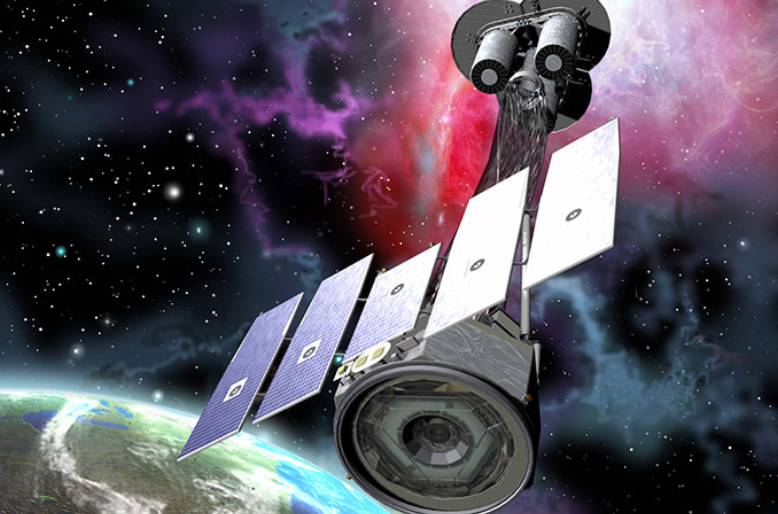
Ball Corp., best known for its aluminum can work and a quirky aerospace division, has confirmed that it is mulling a sale or another way to monetize the aerospace unit.
“Ball Corp. today announced that it is considering options that could better position its aerospace business to provide value to shareholders and customers,” the company said June 20. “There is no certainty that any formal decision will be made. If and when appropriate, a further announcement will be made.”
Reuters first reported June 16 that Ball was exploring a sale, valuing a potential deal at $5 billion. Reported suitors included BAE, General Dynamics, Textron and unnamed private equity investors.
The aerospace unit produces spacecraft, instruments and sensors, radio frequency systems and components, data exploitation solutions and a variety of advanced technologies and products that enable weather prediction and climate change monitoring as well as deep-space missions, according to Ball’s latest annual regulatory filing. In 2022, the unit was responsible for 13% of Ball’s $15.35 billion in sales, with the Westminster, Colorado, company’s packaging business bringing in the rest.
Analyst Byron Callan of Capital Alpha Partners said quarterly operating margin reported by the segment has hovered in the high single digits to low double digits since 2016.
The majority of the aerospace business—the oldest at Ball, which started in 1956—involves work under one- to five-year contracts as a prime contractor or subcontractor for the U.S. Defense Department, NASA and other U.S. government agencies. Ball said it competes against both large and small prime contractors and subcontractors. Federal contracts made up 98% of segment sales in 2022. Backlog work was $2.97 billion at the end of 2022.
“Geopolitical events and shifting executive and legislative branch priorities have resulted in an increase in opportunities over the past decade in areas matching our aerospace segment’s core capabilities in space hardware,” Ball said.
The division’s major activities usually involve design, manufacture and testing of satellites, remote sensors and ground station control hardware and software, as well as related services such as launch vehicle integration and satellite operations. Other hardware activities include target identification, warning and attitude control systems and components; cryogenic systems for reactant storage, and associated sensor cooling devices; star trackers, which are general-purpose stellar attitude sensors; and fast-steering mirrors, according to Ball.
A potential sale is not surprising, according to many analysts, as the business is not core to Ball. Many see private equity as a likely buyer for several reasons.
“It may be difficult for one of the U.S. defense primes to buy Ball Aerospace because of vertical integration and competition concerns,” Callan said. “Ownership by one of the primes could see pushback by one or more of the others.”
Also, according to analysts, there has been little indication of an appetite to bring in an esoteric space business at BAE, General Dynamics or Textron.
While space is a growing marketplace, especially for government-oriented customers, there is intense competition in the sector that is playing out in mergers and acquisitions. Maxar Technologies was recently acquired by PE investor Advent International, and L3Harris Technologies is trying to buy Aerojet Rocketdyne. Meanwhile, United Launch Alliance is reportedly for sale. On the other end of the sector, several small startups—some of which became publicly traded as part of deals with special purpose acquisition companies, or SPACs, in recent years—are struggling financially, have gone out of business like Virgin Orbit, or have been bought by rivals.





